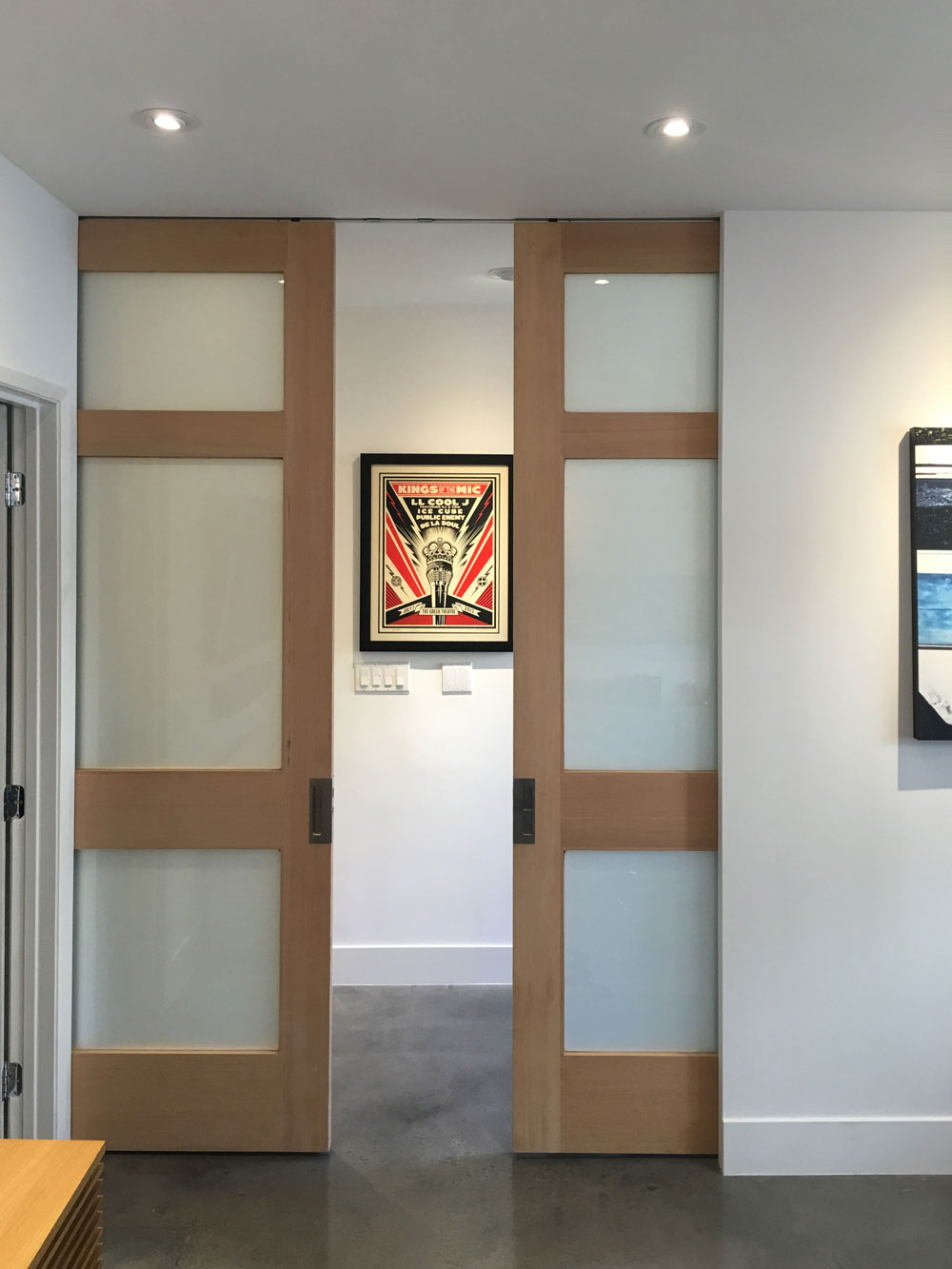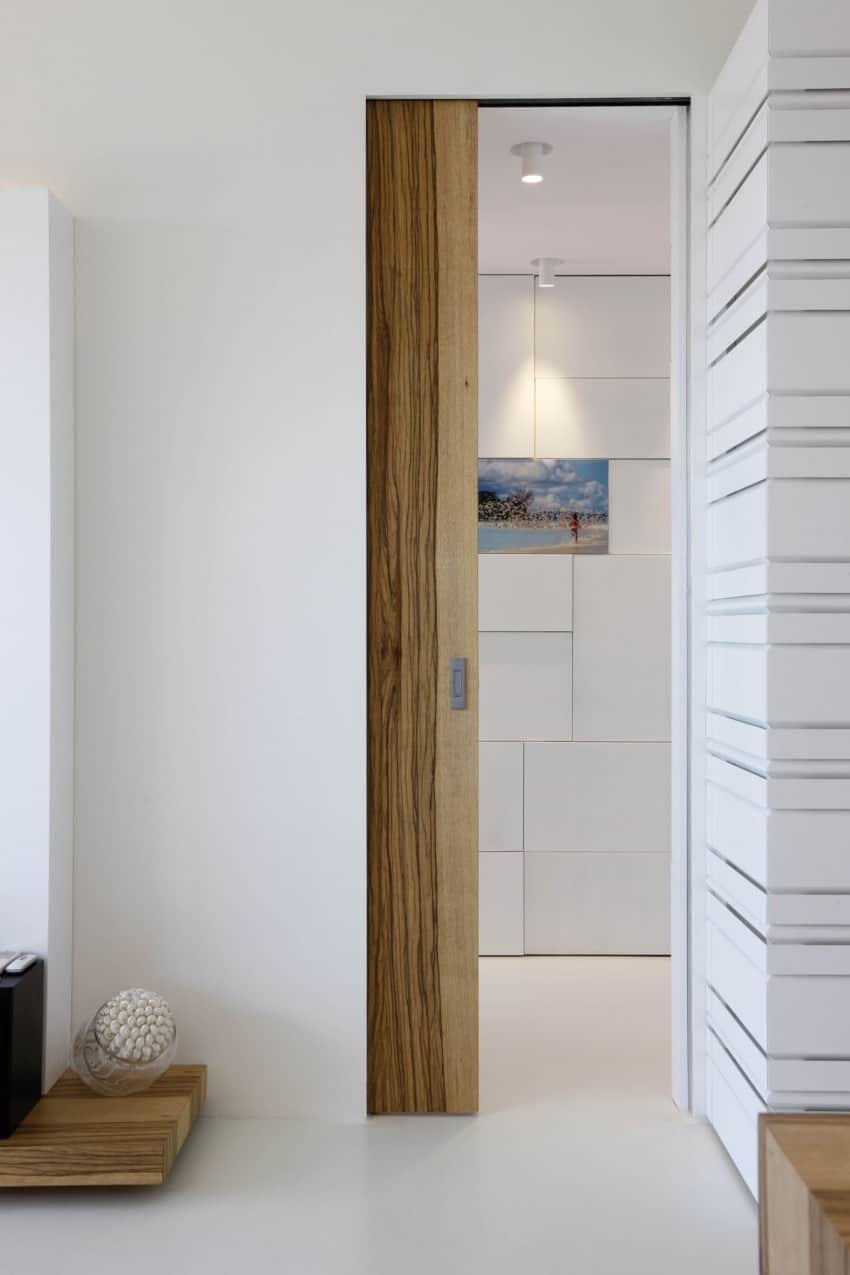

An inspection that the track is level so that the door rolls easily.Ħ. Establish the header and track assembly on the top jamb with the fasteners and brackets provided with the door. Follow the manufacturer’s instructions and cut the pocket door header and track assembly to length with the help of a hacksaw.Ĥ. Make sure that all studs are plumb (faultlessly vertical) and the header is.ģ. Establish the rough opening or modify the containing wall to fit the rough opening dimensions for the door jamb provided by the manufacturer of the hardware.Ģ.
#Pocket doors how to#
That being said, follow the list below for the standard procedure on how to install a pocket door:ġ. All pocket door systems are established in virtually the same way, but the manufacturer’s recommendations should provide you with the best advice for installing that particular product. Read More: What Is Louvered Doors & Its 10 Types With Pros and Consīefore you start your Pocket Door Installation, examine the directions for the pocket door kit you are installing to give an overview of the procedure and what’s involved. Additional dexterity is required to slide a pocket door open and close, utilising a flush or recessed pull, than to grasp well-designed, user-friendly standard door hardware.
Accessibility :- Sliding pocket doors are tough to manage for anyone with restricted use of their hands, such as arthritis sufferers. They always fall off their tracks, move with the problem, are problematic to lock, and screech when rolled. Functionality :- Pocket doors are famous for difficulties with functionality. drywall) but because that wall area contains no studs, it will be flimsy and tend to wobble. The door is covered up with the wall finish material (e.g.  Wall Sturdiness :- For a conventional 32″ pocket door, a wall opening twice that size is required. Likewise, additional light will escape from one space to the other. Interior pocket doors are equally low performers regarding sealing off a room’s smell (think kitchens or bathrooms). As a result, they are not practically as effective in avoiding noise from travelling from one room to the next. Noise, Smells, And Light: Pocket doors do not settle as tightly as ordinary doors. Aesthetics: Many homeowners simply choose the elegant, simplified look and realise of pocket doors – particularly stylish glass pocket doors - and opt to use them for that reason. This would allow larger dinner parties to suit in, while still enabling additional intimate settings when the door system is kept closed. For example, A conventional dining room might have a broad opening, equipped with pocket doors, toward an adjoining space. Convenience: Sliding pocket doors are effective in designing two separate rooms so that they may be engaged as required. In small rooms where the wall area is at a premium – for furniture arrangement, storage, or hanging art – pocket doors solve the problem. Wall Space: When open, a swinging door occupies a wall area equal to its width (generally 32-36” for an interior door).
Wall Sturdiness :- For a conventional 32″ pocket door, a wall opening twice that size is required. Likewise, additional light will escape from one space to the other. Interior pocket doors are equally low performers regarding sealing off a room’s smell (think kitchens or bathrooms). As a result, they are not practically as effective in avoiding noise from travelling from one room to the next. Noise, Smells, And Light: Pocket doors do not settle as tightly as ordinary doors. Aesthetics: Many homeowners simply choose the elegant, simplified look and realise of pocket doors – particularly stylish glass pocket doors - and opt to use them for that reason. This would allow larger dinner parties to suit in, while still enabling additional intimate settings when the door system is kept closed. For example, A conventional dining room might have a broad opening, equipped with pocket doors, toward an adjoining space. Convenience: Sliding pocket doors are effective in designing two separate rooms so that they may be engaged as required. In small rooms where the wall area is at a premium – for furniture arrangement, storage, or hanging art – pocket doors solve the problem. Wall Space: When open, a swinging door occupies a wall area equal to its width (generally 32-36” for an interior door). 
Space And Clearance: In rigid quarters, like a Jack and Jill bathroom, standard swinging doors will consume into the restricted clearance space available, gobbling up ten or more square feet each! Pocket doors solve that problem. Pocket doors are generally used for architectural impact, or when there is no room for the swing of a hinged door. Pocket Door Definition What Is a Pocket Door?Ī pocket door is a sliding door that, when completely open, disappears into a compartment in the adjoining wall. Pocket Doors Are Excellent For Any Room And More! What To Predict Of Pocket Door Installation. Watch Video: How to Install A Pocket Door. Common Locations To Install A Pocket Door System. 10×10 Room Construction Cost Excel Sheet. Construction Material Testing Menu Toggle. 30×40 House Plans | 1200 sq ft House Plan. 20*50 House Plan | 1000 sq ft House Plan.







 0 kommentar(er)
0 kommentar(er)
